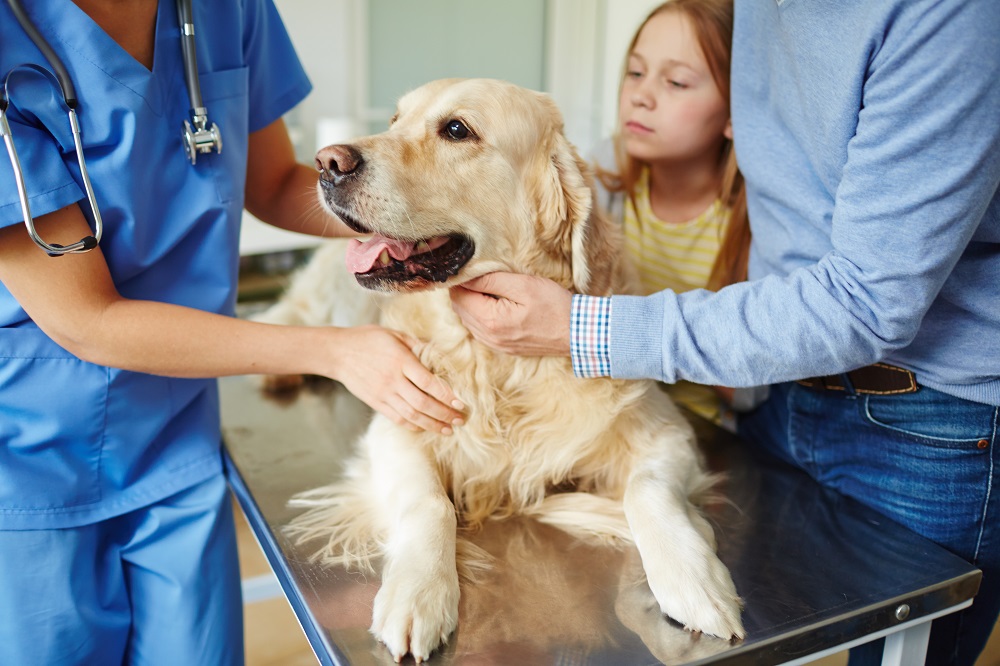
The surgery teams at Red Bank Veterinary Hospitals have vast experience in a variety of soft tissue and orthopedic surgeries. Orthopedic surgery involves surgery of your pet’s bones, joints, ligaments, tendons, and muscles, which are important structures that require special consideration. Although your family veterinarian can perform many soft tissue surgeries, the complex techniques and specialized equipment used in orthopedic surgery typically require the expertise of a board-certified veterinary surgeon.
If your family veterinarian has diagnosed an orthopedic condition in your pet, the RBVH surgery team can help. We will work with your veterinarian to provide advanced diagnostics, imaging, and the surgical expertise required to return your best friend to health, as soon as possible.
Our surgeons have experience performing a variety of challenging orthopedic surgeries in pets, including:
 We can perform some orthopedic surgeries with minimally invasive techniques, instead of traditional surgical methods. Minimally invasive surgery (MIS) involves inserting surgical instruments and a high-density camera through tiny incisions, instead of making larger incisions through skin and muscle to expose a surgical field. For example, arthroscopy allows surgeons to perform joint surgery with only a few small incisions, rather than opening the entire joint, which imparts many benefits to pets, including:
We can perform some orthopedic surgeries with minimally invasive techniques, instead of traditional surgical methods. Minimally invasive surgery (MIS) involves inserting surgical instruments and a high-density camera through tiny incisions, instead of making larger incisions through skin and muscle to expose a surgical field. For example, arthroscopy allows surgeons to perform joint surgery with only a few small incisions, rather than opening the entire joint, which imparts many benefits to pets, including:
Although many procedures can be performed with MIS, traditional surgery still provides the best outcomes for some conditions. We will thoroughly evaluate your pet’s orthopedic condition or injury, and determine the best surgical methods.
If your pet is painful, limping, or cannot walk, she may have an orthopedic injury, and should be evaluated immediately. Start by visiting your family veterinarian or, if a problem suddenly develops when your veterinarian is closed, bring your pet to our emergency service. If an orthopedic injury is suspected, your veterinarian may take X-rays, or refer your pet to RBVH for more advanced imaging, such as magnetic resonance imaging (MRI). If an orthopedic condition that requires surgical repair is diagnosed, our surgery team will gladly partner with your family veterinarian to provide the surgical expertise your pet requires to get back on her feet.
Contact us to find out more about orthopedic surgery options for your pet.